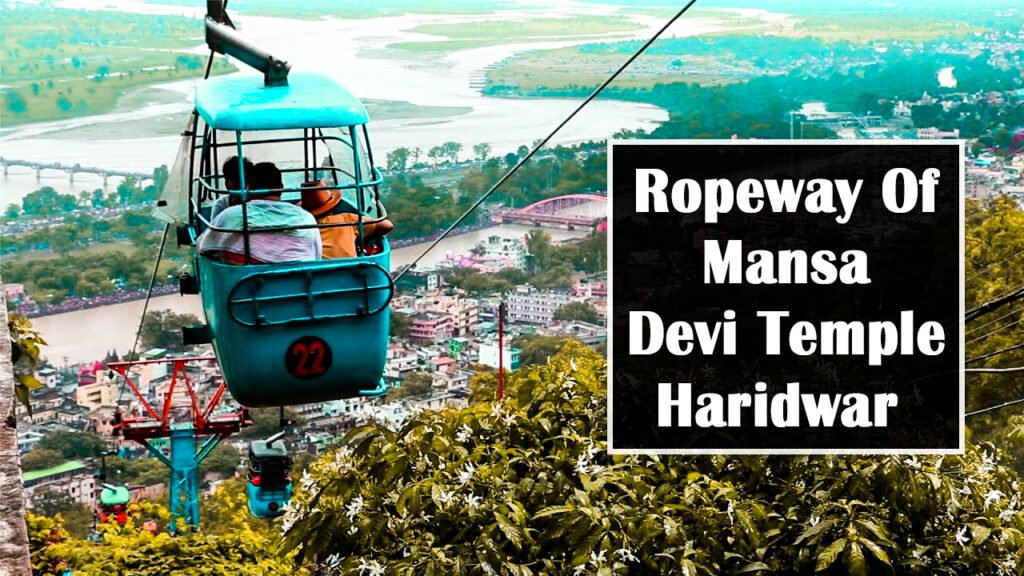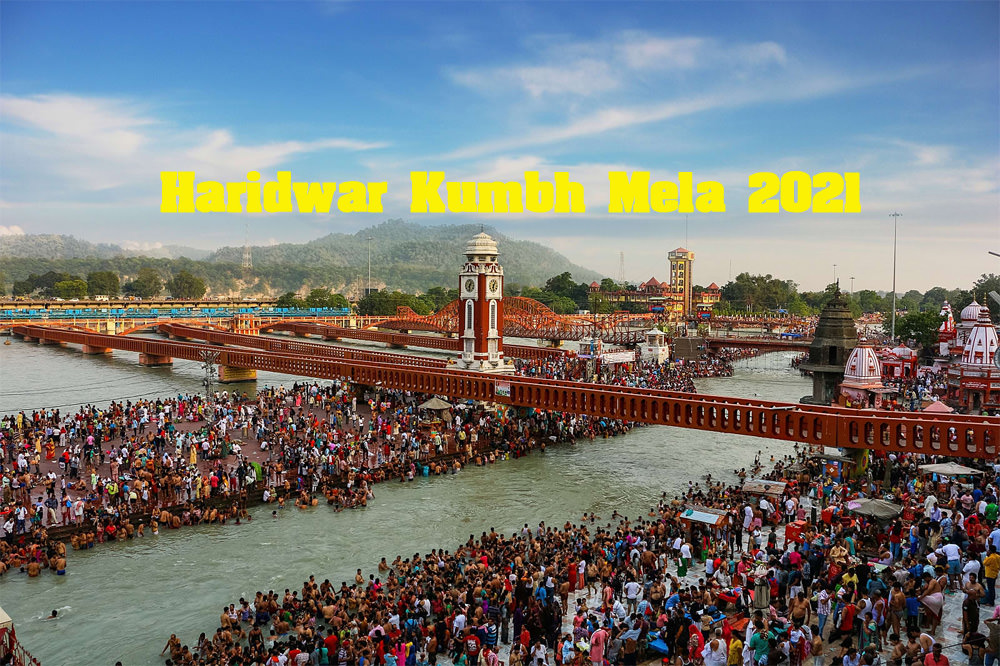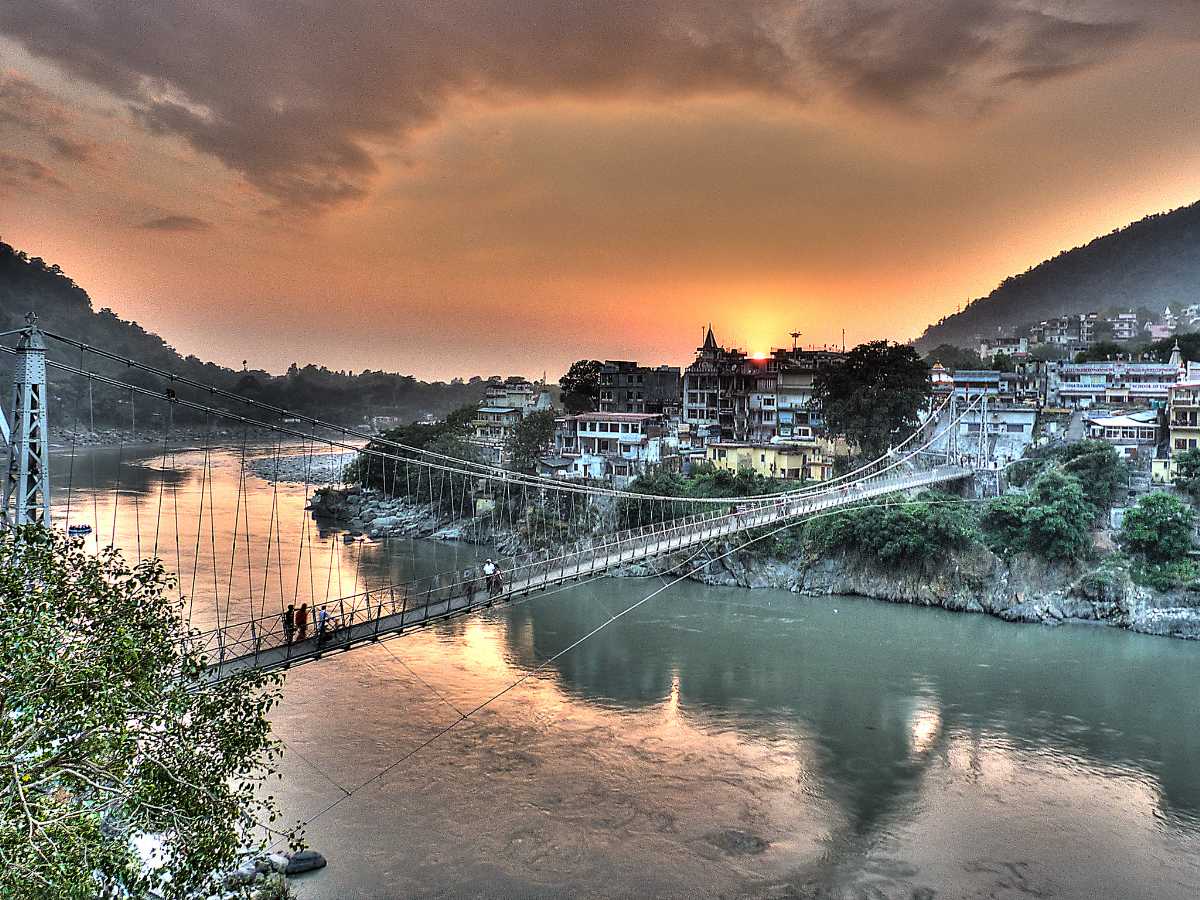#Introduction
Nestled in the lap of the Himalayas and embraced by the sacred waters of the Ganges, Haridwar is a city where spirituality flows as freely as the river itself. One of India's holiest cities, Haridwar has been a center of devotion, meditation, and mysticism for centuries. In this blog, we'll embark on a spiritual journey through Haridwar, exploring its ancient temples, colorful festivals, and the profound connection between the city and the sacred Ganges River.
#A Spiritual Haven
Haridwar, also known as the "Gateway to the Gods," is a place where the earthly and the divine converge. The city's spiritual significance is deeply rooted in Hindu mythology, making it a destination that attracts pilgrims, seekers, and spiritual enthusiasts from all corners of the globe.
At the heart of Haridwar lies Har Ki Pauri, a revered ghat on the banks of the Ganges. This sacred site is believed to be the very spot where Lord Vishnu left his footprint. Every evening, as the sun sets, the ghat comes alive with the Ganga Aarti, a breathtaking ceremony where priests, illuminated by oil lamps, perform rituals to the river goddess. The shimmering lights, the chanting of hymns, and the fragrance of incense create an ethereal ambiance that fills the heart with reverence and awe.
#Temples and Traditions
Haridwar is adorned with ancient temples and ashrams, each resonating with spiritual energy and history. The Mansa Devi Temple, perched atop the Bilwa Parvat hill, is a revered shrine dedicated to the goddess Mansa Devi. Pilgrims can choose to reach the temple by a steep trek or take a cable car ride, both of which offer spectacular views of Haridwar and the Ganges River.
Another sacred site is the Chandi Devi Temple, situated atop Neel Parvat, accessible via a trek or a cable car ride. It is dedicated to Goddess Chandi, who is believed to fulfill the wishes of her devotees.
Haridwar is also known for its ashrams, which offer spiritual retreats and meditation programs. The Sivananda Ashram, for instance, promotes the teachings of Swami Sivananda and is a peaceful sanctuary for seekers. It offers yoga and meditation courses, fostering a serene environment for spiritual growth.
#The Maha Kumbh Mela
Haridwar comes to life during the Maha Kumbh Mela, one of the largest spiritual gatherings in the world. This grand event, which takes place every 12 years, attracts millions of pilgrims and visitors. It is believed that during this time, the waters of the Ganges become especially purifying, and taking a dip in the river is believed to cleanse one of all sins.
The Maha Kumbh Mela is a spectacle of spirituality, devotion, and cultural richness. Pilgrims from all over India and the world gather to take part in the rituals, ceremonies, and processions. The atmosphere is charged with spirituality, and it is a unique opportunity to witness the diverse religious traditions and cultures that converge in Haridwar.
#The Ganges Connection
The Ganges River holds a central place in the spiritual life of Haridwar. It is believed that the waters of the Ganges can cleanse one's soul and provide salvation. Taking a holy dip in the river is considered an essential part of a pilgrim's journey in Haridwar.
The Ganges also plays a vital role in the environmental and cultural aspects of the city. Its banks are a site of daily life, from religious rituals and festivals to the celebration of important life events. The river supports diverse ecosystems and sustains the city's agriculture.
#Conclusion
Haridwar, with its spiritual ambiance, ancient temples, and profound connection to the Ganges River, is a place where one can experience the essence of India's spiritual traditions. The city's timeless rituals and vibrant culture make it a destination that transcends time and space, inviting all who seek spiritual enrichment and an encounter with the divine. Haridwar is more than a city; it is a sacred experience, a journey to the heart of India's spiritual heritage, where the earthly and the divine coexist in perfect harmony.






Comments
Post a Comment